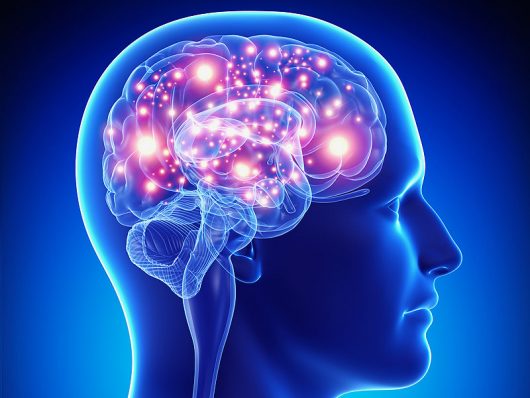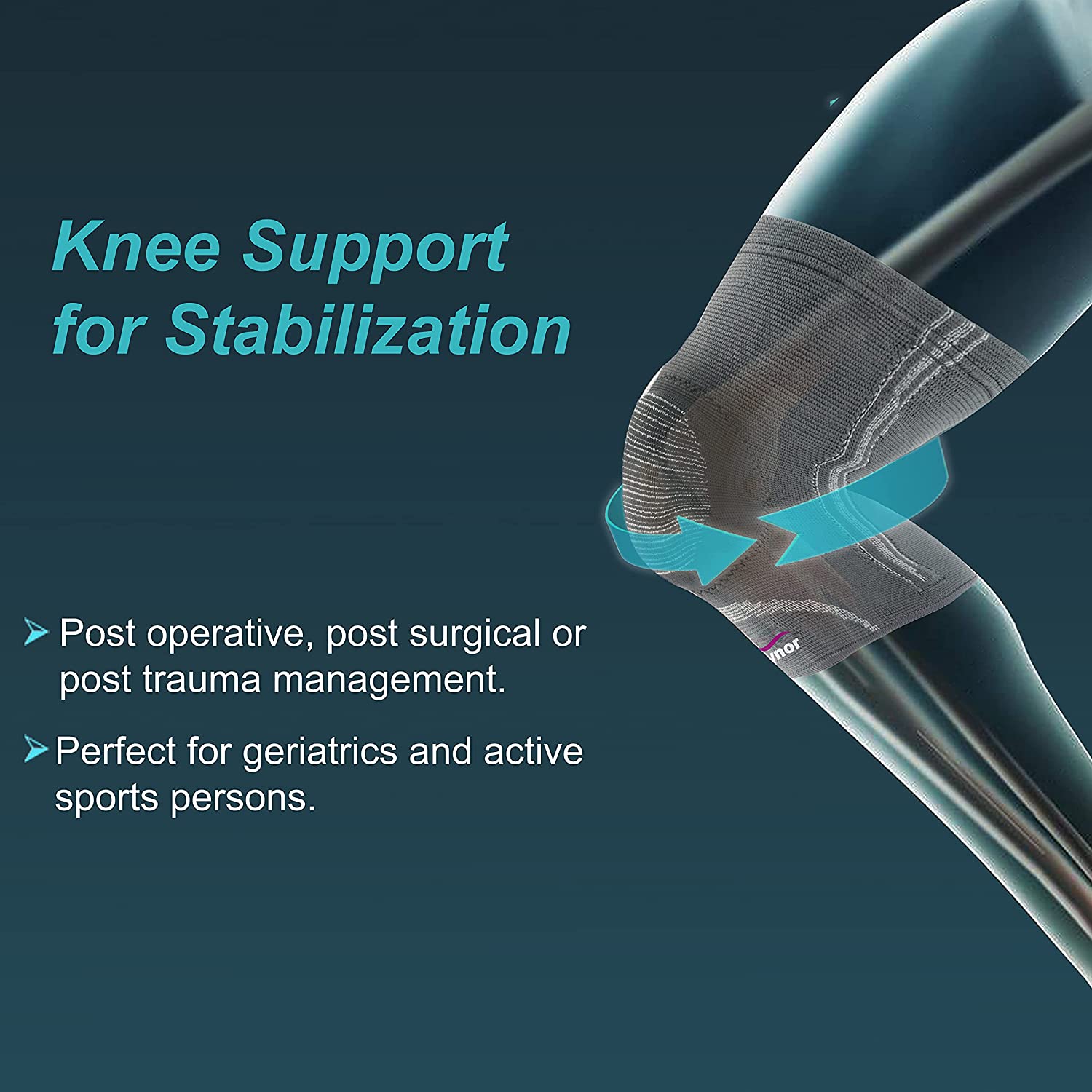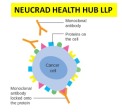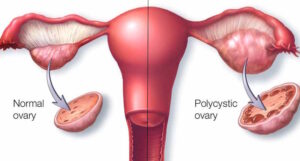Epilepsy: What we need to know

Dr. Juni Banerjee, PhD; Neucrad Health Desk, Edited on Feb 12, 2022
Epilepsy is one of the most common neurological diseases whose written records dates back to 4000 BC. It is a chronic non-communicable disease of the brain that affects around 5 million people of all ages each year, thus accounting significantly for the global disease burden. The main issues of this disease are recurrent seizures and increased risk of premature death (three times more than a general population). However, if timely diagnosed and treated, 2/3rd of the patients can be managed to have no seizure episodes. Epilepsy needs much scientific awareness in society as there are still much unnecessary fear, misunderstanding, stigma, and discrimination associated with it.

Causes of Epilepsy
The exact causes of epilepsy are still not fully understood. The main causes of this disease can be attributed to factors viz. a) physical, b) genetic c) infectious, d) metabolic, e) immune, and f) other unknown factors. Some of the examples of such factors are given below:
- Severe head injury
- Brain damage from prenatal causes e.g., low birth weight, oxygen deprivation or trauma during birth
- Brain tumour
- Congenital abnormalities or genetic syndromes associated with brain malformations
- Stroke that restricts the amount of oxygen to the brain
- Infection of the brain viz. meningitis, encephalitis.

Signs and Symptoms of Epilepsy
- Seizers-brief episodes of involuntary, rapid, and uncontrollable movement or shaking of arms, legs, or body parts, often called a “fit”. Seizure episodes occur due to excessive electrical discharges in a group of cells of the brain. Seizures can be either briefest lapses of attention, or muscle jerks, or severe and prolonged convulsions with variable frequencies (several times a week or once every year, etc). Of note, more than one unprovoked seizure is described as epilepsy.

- Convulsion occur without fever but is generally followed by extreme tiredness
- Sudden stiffness without any apparent reason
- Losing consciousness or awareness temporarily, suddenly collapsing, or fainting along with loss of bladder or bowel control
- Confused memory
- Mood swing, anger, anxiety, fear, depression for no apparent reason
- Strange changes in senses e.g., smell, touch (tingling feeling), and taste
- Tendency to fall and experience fractures and bruising from injuries (due to sudden jerks. Seizures, etc).
Types of Epilepsy
Seizure can be either a) Generalized- abnormal electrical impulses throughout the brain causes seizure production or 2) Focal (Partial or localized) electrical impulses generated from a relatively small or “localized” part of the brain. There are sometimes unknown factors of seizures too! Depending on the type of seizure a person experiences, epilepsy can be of 4 types:
- Generalized epilepsy
- Focal epilepsy
- Combined generalized and focal epilepsy
- And unknown epilepsy

Diagnosis of Epilepsy
A physician checks the symptoms, medical history, timeline of any past seizures, analyse blood tests to identify any underlying conditions that could result in epilepsy. Assessments of speech, cognitive functions are done. Analysis of neurological tests can determine the type of seizures and epilepsy and seizures of the individual. Some of the important imaging tests that help to diagnose epilepsy are as follows:
- Electroencephalogram (EEG)- can detect any abnormal brain waves
- Magnetic Resonance Spectroscopy (MRS), Positron Emission Tomography (PET), Computerized Tomography (CT) and Magnetic Resonance Imaging (MRI) scans- can detect tumours or other structural brain deformities
- Single Photon Emission CT (SPECT) scans- can find the original site of a seizure in the brain
- functional MRI (fMRI) scans- can identify any abnormal brain function in specific areas
- Magnetoencephalogram- can detect brain function irregularities with the help of magnetic signals.
Prevention of Epilepsy
Around 1/4th of the epilepsy cases can be prevented by the following ways:
- Avoiding any sort of head injury to prevent post-traumatic epilepsy.
- Adequate prenatal care can reduce epilepsy due to birth injuries or trauma at the time of birth.
- Reducing the cardiovascular risk and stroke factors like high blood pressure, diabetes, obesity, excessive tobacco and alcohol usage.
- Prescribed medicines or methods to decrease the fever can reduce the chance of febrile seizures in children.
- Avoiding infections and certain parasites that can affect the central nervous system.
Treatment of Epilepsy

As mentioned
before in this article that seizures can be controlled in up to 70% of the epilepsy patients with timely diagnosis and appropriate use of medicines. The medicines are mostly the anti-seizure medicines that are also available at low costs. A physician is the best person to decide when a patient should discontinue such medicines (generally after 2 years of no seizer incidences). Unfortunately, many low-income countries face a “treatment gap” due to low availability of antiseizure medication. Surgery can be considered as a last option if medicine fails to treat or show effective response in the patients with epilepsy.
References:
- Stafstrom CE, Carmant L. Seizures and epilepsy: an overview for neuroscientists. Cold Spring Harb Perspect Med. 2015;5(6):a022426. Published 2015 Jun 1. doi:10.1101/cshperspect.a022426
- Bromfield EB, Cavazos JE, Sirven JI, editors. An Introduction to Epilepsy [Internet]. West Hartford (CT): American Epilepsy Society; 2006. Chapter 2, Clinical Epilepsy. Available from: https://www.ncbi.nlm.nih.gov/books/NBK2511/
- Anwar H, Khan QU, Nadeem N, Pervaiz I, Ali M, Cheema FF. Epileptic seizures. Discoveries (Craiova). 2020;8(2):e110. Published 2020 Jun 12. doi:10.15190/d.2020.7
- Manford M. Recent advances in epilepsy. J Neurol. 2017;264(8):1811-1824. doi:10.1007/s00415-017-8394-2
- Bromfield EB, Cavazos JE, Sirven JI, editors. An Introduction to Epilepsy [Internet]. West Hartford (CT): American Epilepsy Society; 2006. Chapter 1, Basic Mechanisms Underlying Seizures and Epilepsy. Available from: https://www.ncbi.nlm.nih.gov/books/NBK2510/
- Goldenberg MM. Overview of drugs used for epilepsy and seizures: etiology, diagnosis, and treatment. P T. 2010;35(7):392-415.
- Blume WT. Diagnosis and management of epilepsy. CMAJ. 2003;168(4):441-448.










